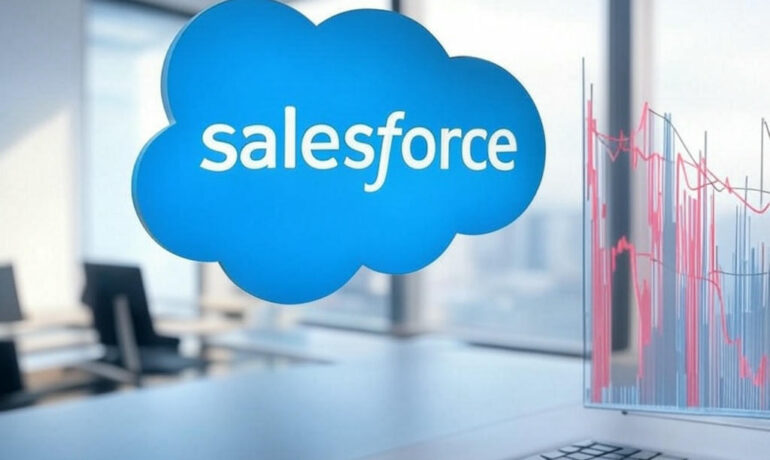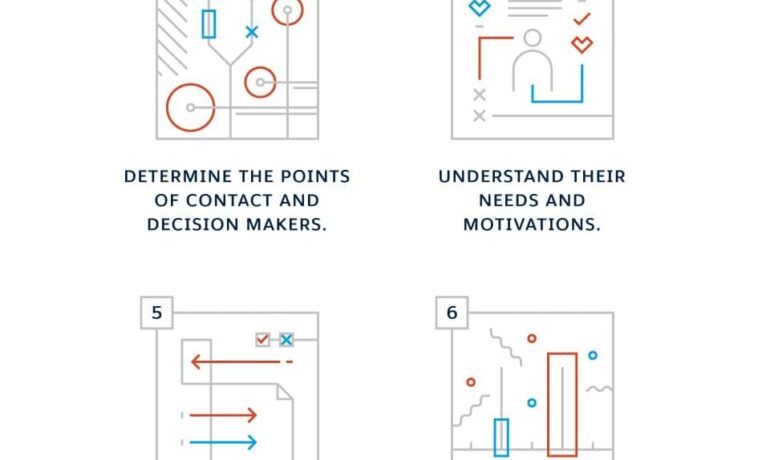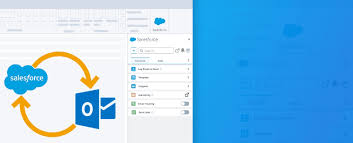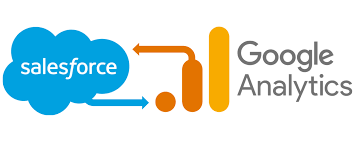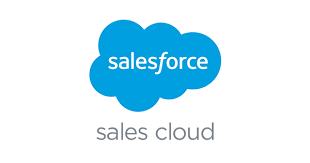Landing Page Split Testing
A/B testing, also known as “split testing,” involves conducting experiments with two or more variants of content, such as a landing page, email, or ad. These variants are presented to different segments of your audience to determine which one performs better. Split testing optimizes pages that best encourage your visitor’s requested call to action. In an A/B split test, two or more versions of a landing page (e.g., version A and version B) are randomly displayed to visitors, and the best-performing version is chosen as the “winner.” Subsequently, the winning version is displayed to all incoming landing page visitors. Landing Page Split Testing Process The typical process for landing page split testing involves establishing conversion goals, identifying areas for improvement, and creating a test hypothesis, such as changing the CTA button color or headline text. A split test, in particular, compares two entirely different versions of a landing page to assess which design aesthetic yields better conversions. A/B landing page split testing allows you to act as a scientist, making data-driven decisions based on how people behave when they interact with your page. For instance, if you want to test which landing page headline generates more leads, A/B testing provides a systematic approach. Rather than making changes blindly, A/B testing allows you to gather evidence by sending half of your traffic to one version and the other half to a different version, helping you determine the most effective option before implementing broad changes. Never underestimate the value of your landing page headline. Here are some great tools from Wordstream. Split testing is especially beneficial for pages with significant changes, such as completely overhauling a homepage, rewriting a product detail page, or various landing pages changes and updates. It is recommended for testing complex back-end scenarios, like different checkout processes involving technically intricate page logics. Like1 Related Posts Salesforce OEM AppExchange Expanding its reach beyond CRM, Salesforce.com has launched a new service called AppExchange OEM Edition, aimed at non-CRM service providers. Read more The Salesforce Story In Marc Benioff’s own words How did salesforce.com grow from a start up in a rented apartment into the world’s Read more Salesforce Jigsaw Salesforce.com, a prominent figure in cloud computing, has finalized a deal to acquire Jigsaw, a wiki-style business contact database, for Read more Service Cloud with AI-Driven Intelligence Salesforce Enhances Service Cloud with AI-Driven Intelligence Engine Data science and analytics are rapidly becoming standard features in enterprise applications, Read more


